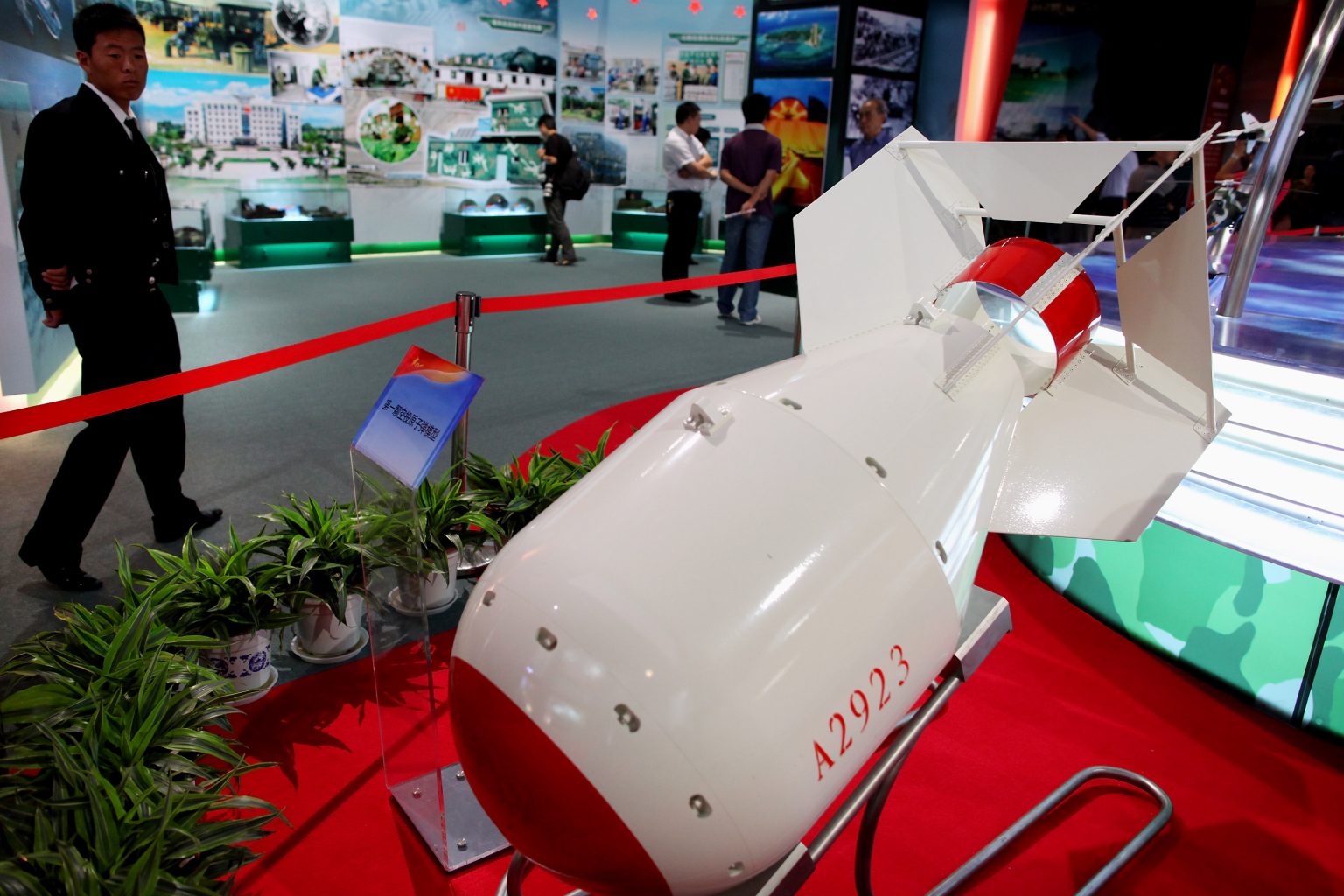The escalating tension between the United States and China over the latter’s nuclear arsenal has taken center stage in recent weeks, fueled by a new Pentagon report that assesses China’s growing nuclear capabilities. The report claims China possesses over 600 nuclear warheads and is on track to amass more than 1,000 by 2030, significantly expanding its ability to target American cities, military installations, and key leadership sites. This has prompted a sharp rebuke from the Chinese Defense Ministry, which accuses the Pentagon of misrepresenting its defense policies, exaggerating its military threat, and fueling a “China threat” narrative. The clashing narratives highlight the deep mistrust and lack of communication between the two powers, raising concerns about the escalating risks of a nuclear arms race.
China insists its nuclear development is purely defensive and aimed at maintaining national security, not threatening other countries. It points to its “no-first-use” policy as evidence of its restrained approach, a commitment it urges other nuclear-armed states, including the United States, to adopt. Beijing argues its nuclear arsenal is maintained at the “minimum level” required for national security, a stark contrast to the Pentagon’s assessment of a rapid and significant expansion. This disagreement over the size and purpose of China’s nuclear arsenal underscores the difficulty in verifying claims and intentions, adding another layer of complexity to the already strained relationship.
The Pentagon report further complicates matters by highlighting China’s expanding range of nuclear capabilities and scenarios, casting doubt on the consistency of China’s declared nuclear policy. While China reiterates its commitment to a “no-first-use” policy, the U.S. interprets the development of new delivery systems and warhead types as evidence of a more expansive and potentially offensive nuclear posture. This divergence in interpretation fuels suspicion and mistrust, making it increasingly difficult to establish a common ground for dialogue and arms control negotiations.
Adding to the complexity is the backdrop of U.S. extended deterrence commitments, commonly referred to as the “nuclear umbrella,” offered to allies like Japan, South Korea, and Australia. China criticizes this policy as contributing to regional instability and justifying its own nuclear buildup. Beijing sees the U.S. nuclear umbrella as an aggressive posture, necessitating a counterbalancing force to protect its own interests. This interplay of strategic considerations and alliances further complicates the picture, making it challenging to disentangle the various factors contributing to the nuclear arms race.
The breakdown in communication between the two superpowers is particularly concerning. China suspended nuclear arms control talks with the U.S. last summer, signaling a reluctance to engage in meaningful dialogue on strategic stability. This lack of communication increases the risk of miscalculations and escalations, as both sides operate with limited insight into the other’s intentions. The absence of a diplomatic channel to address these concerns creates a dangerous vacuum, leaving both countries to rely on their own interpretations and assessments, further fueling mistrust and animosity.
Looking ahead, the trajectory of the U.S.-China nuclear dynamic remains uncertain. China is likely to continue its nuclear modernization program, while the U.S. pursues its own nuclear modernization efforts to counter both China and Russia. The lack of communication and mutual trust creates a precarious environment ripe for miscalculation and escalation. The resumption of arms control talks appears unlikely in the near term, leaving the world to grapple with the growing risks of a nuclear arms race between two major superpowers. The international community faces the daunting task of finding ways to encourage dialogue and de-escalation, mitigating the risks of a nuclear confrontation with potentially catastrophic consequences.

